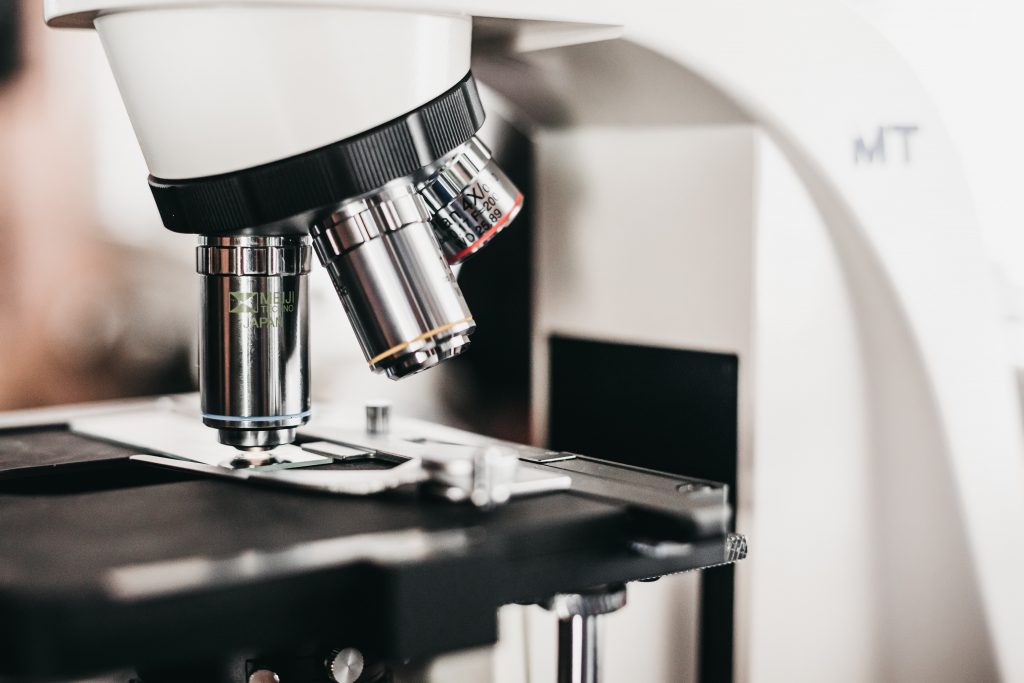In the vast expanse of scientific exploration, few fields are as intriguing and impactful as optomechanics – where the worlds of light and motion intertwine. This fascinating field has led to groundbreaking advancements in a wide range of applications, from precision measurements and quantum technologies to space exploration and medical imaging.
In this blog post, we will dive into the captivating world of optical equipment; understanding its core principles, exploring its significance, and uncovering the innovative applications that have emerged from the synergy of light and motion.
Optomechanics is a multidisciplinary field that investigates the interaction between light (optics) and mechanical motion (mechanics) within various systems, often involving the use of optical fibers and resonators. At its core, optomechanics seeks to harness the coupling between photons and phonons – the quanta of light and mechanical vibrations, respectively.

The Importance of Precision Measurements
One of the primary areas where optomechanical devices excels is in precision measurements. Optomechanical sensors leverage the sensitivity of light-matter interactions to detect minute mechanical displacements or vibrations. This capability finds application in diverse fields, including metrology, gravimetry, and seismology. By integrating optomechanical elements into sensors, scientists and engineers have achieved unprecedented levels of accuracy and resolution in measuring physical quantities.
Optomechanics also plays a crucial role in the world of quantum technologies. Quantum optomechanical systems, where mechanical motion is manipulated at the quantum level, offer exciting prospects for quantum information processing and quantum-enhanced measurements. These systems enable researchers to explore quantum entanglement, quantum coherence, and even potentially reach the elusive goal of quantum computing. Optomechanics presents a unique platform to bridge the quantum and classical realms.
Medical Imaging and Laser Surgery
Within the realm of medicine, optomechanics has carved a path for significant progress. In medical imaging, optomechanical systems, such as optical coherence tomography (OCT), enable high-resolution imaging and visualization of biological tissues. Furthermore, laser-based surgical techniques, utilizing optomechanical devices, offer minimally invasive procedures with pinpoint precision, significantly reducing patient discomfort and recovery time.
Space Exploration and Stability

When humanity reaches out to explore the cosmos, precision and stability become paramount. Optomechanical components find their way into satellites and space missions to ensure the stability of optical systems, communication links, and sensitive instruments. The ability to withstand harsh conditions in space is a testament to the robustness and reliability of optomechanics, enabling space missions to provide vital data and expand our understanding of the universe.
Emerging Applications and Future Prospects
As the field of optomechanics continues to advance, its reach expands into new domains. Researchers are exploring optomechanical metamaterials that offer unconventional properties, paving the way for innovative applications in communication, computing, and sensing. Moreover, sustainable energy harvesting and environmental monitoring systems capitalize on optomechanical principles to create efficient and eco-friendly solutions.
The synergy of light and motion found in optomechanics has revolutionized our ability to understand the world around us and opened doors to previously unimaginable possibilities. From the precision of measurements to the frontiers of quantum technologies and the depths of space exploration, optomechanics stands as a testament to human ingenuity and curiosity. As research and innovation continue to propel this field forward, we can only anticipate more extraordinary discoveries and practical applications that will enrich our lives and help shape the future of science and technology.